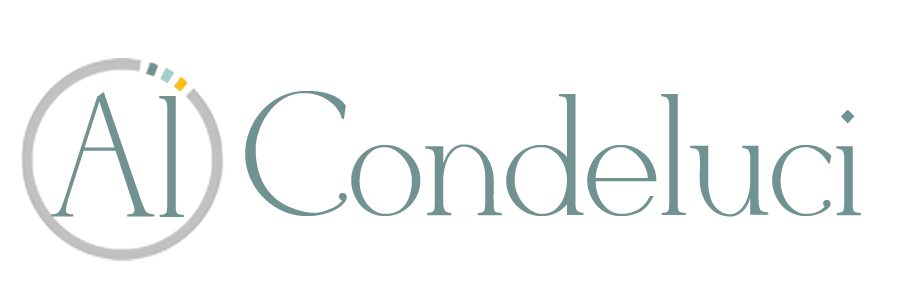Social Capital: Why Relationships Matter
/Most of you who know my work, know that along with leading CLASS (Community Living and Support Services - @CLASSPGH), and teaching at The University of Pittsburgh, I do a fair amount of speaking and presentations on the concept of Social Capital (the value relationships bring to our lives). In fact, in 2010 I helped launch an international coalition, "The Interndependence Network," that has done some surveying of community engagement patterns for people with disabilities (www.buildingsocialcapital.org).
In most of this work, we talk about the huge disparity that exists between people with and without disabilities in community engagement opportunities, and ways that we can change this reality. All of this is important because Social Capital has been associated with most all that is good about life, including: health, happiness, self confidence, employment, advancement, achievement, and even life expectancy. And for people with disabilities (any type, happening at anytime) all of these variables are behind typical norms.
Most of the time, however, people coming to my workshops, or presentations are human service professionals working with people who have disabilities, and think they will learn strategies to help their clients. And they do. But in reality my thesis is much broader. In fact, the notion of Social Capital is something that we all need to learn more about, and develop strategies for ourselves. In a way, relationships are a 2 way street, and for everything you take, there are things you must also give away.
So, no matter your professional background, or work, learning more about Social Capital will help you; with your family, friends, co-workers, and neighbors. And the more open you are to relationships, the better you make your community.
If you want to know more about Social Capital, take a look at our recent book, "Social Capital: The Key to Macro Change," highlighted on my website, o available at www.lapublishing.com.
